Tyre Technology’s Double Edge Advancing Innovation Meets Environmental Challenges
- By Adam Gosling
- February 24, 2025
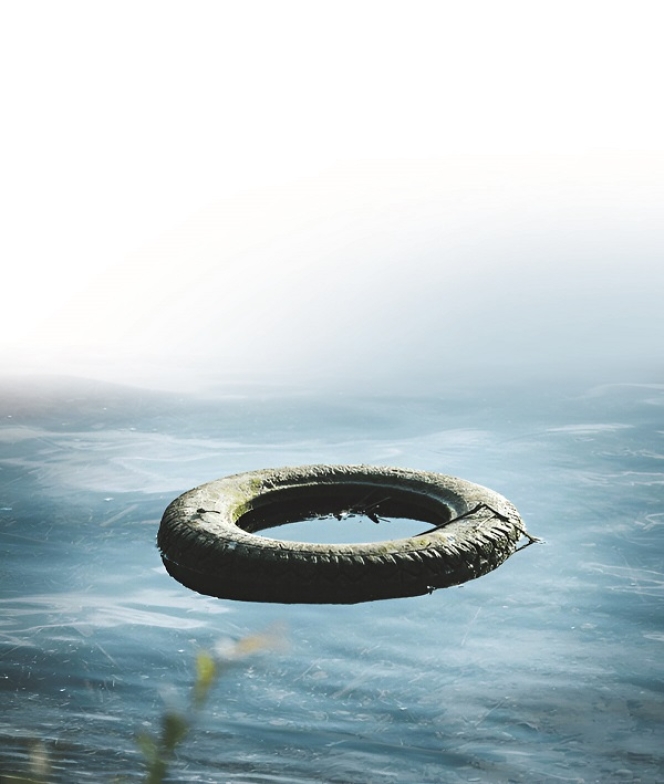
The huge volume of data that can be collected from tyres is beyond most people’s comprehension, especially when most don’t even know they should be checking the tyre inflation pressures on a regular basis.
Tyre technology is advancing at an ever increasing rate. The demands of consumers on the products our industry produce are changing as vehicles evolve. The advent of electric vehicles (EV) has placed a series of demands on tyres that have not been previously experienced.
How will hydrogen-powered vehicles (HPV) vary from the EV requirements is an answer yet to be found. The intrusion of artificial intelligence (AI) into daily life is permeating faster than most can appreciate, and tyres are no different.
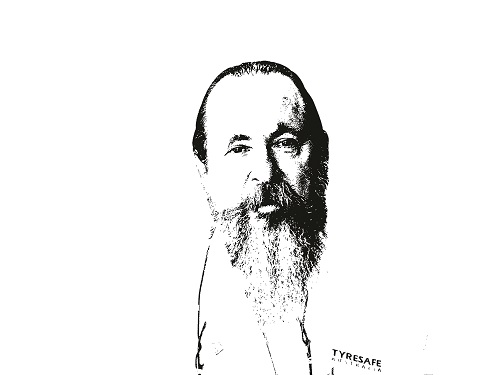
The huge volume of data that can be collected from tyres is beyond most people’s comprehension, especially when most don’t even know they should be checking the tyre inflation pressures on a regular basis.
Early Tyre Pressure Monitoring Systems (TPMS) generate reams of data. The systems used on F1 (Formula 1) cars and MotoGP bikes generate huge volumes, which is used to assist control of the vehicle. An example was relayed to me some years ago by a Moto2 race engineer who mentioned that when slip-streaming a bike (following literally nose to tail), it was observed that the temperature of the front tyre rose by up to five degrees
Celsius. I observe some of the artistic renditions of futuristic trucks and cars where tyres are completely enclosed by bodywork, ostensibly to aid aerodynamics. If the tyres don’t have a stream of cooling air, how do they dissipate the heat that is generated by the hysteresis a tyre experiences during operation? It is evident to me that many fall victim to what I call the Rumsfeld Rule; they don’t know what they don’t know, and worse still, they don’t know that they don’t know.
This could also be called the ‘First Rule of Tyre Technology’, just as I was taught the first law of computing, GIGO. If you have to ask, then you’re already a victim. The vast majority of the population don’t know much about tyres except that when they are flat, it’s a pain.
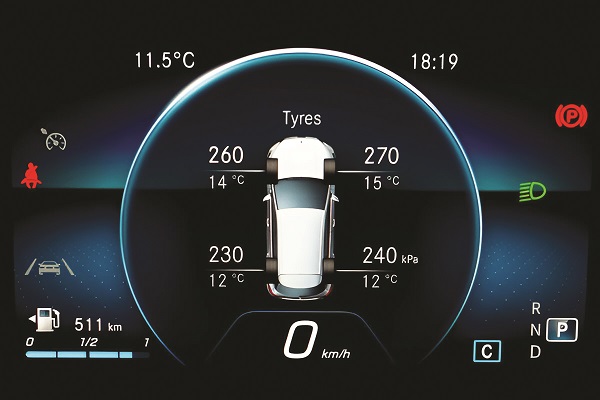
The fact that they entrust their lives to the humble servant we know as tyres on a daily basis without the basic knowledge is a serious concern to me. In the headlong race into technology, we’ve forgotten to bring the people along with us.
Social media is an example where most, nearly everyone, wants the fruit without having to prepare the soil, then grow the tree until it flowers, then wait for the fruit. ‘I want it now, I want it yesterday and stay tuned because the demands will all change’ (thanks Billy Connolly!) is all too common. The insidious outcome of this media is the ownership of the data, of what you buy, use, view, listen to, eat, where you visit is no longer yours. It is the big corporates that now own your data.
What does this have to do with tyres, I understand you ask. The humble tyre conveys us through our daily travels. It experiences a lot more than we do in that we don’t tread the pavements, or get hot or wet or get bounced over potholes on the road. The array of sensors now being developed for tyres are becoming the control centre of the automotive conveyances, be they fossil-fuelled, EV or HPVs.
What the tyre experiences is transferred into the vehicles control systems, which are then able to direct the motive forces to be applied at the appropriate rate. There is little use in having more brakes than there is traction available; that only results in a brake lock up, which destroys tyres and often results in a loss of control. ABS brakes are a prime defence of tyre lock ups. The tyre can collect the data which can determine your driving style, not only the route you have taken or the load you carry. So the automotive manufacturers will be able to use this data to tailor their solutions to you just as the social media concerns use algorithms to target content to you.
What is not quite as obvious as the data collection aspects is the environmental results of tyre use. Just as there are many unseen outcomes as a result of social media, there are outcomes that are largely unseen involved with tyre manufacture and use.
We go into a tyre shop to purchase tyres; it’s clean and bright or dark and dingy as a traditional tyre outlet or maybe something in-between. This experience tells us zero about how the tyre came into being and how it was landed in the store where you are purchasing it. The deeply technical and diverse agglomerations that are required to produce a tyre range from growing a tree (remember the fruit?) or drilling deep wells for oil, the mining of iron and other minerals to the production of complex chemical compounds used to create the rubbers.
The technology required to produce the single most complex item on today’s automotive machines is largely forgotten when standing in front of a range of tyres on offer. Unfortunately, a purchasing decision may be as basic as ‘what is the cheapest you have’ or preferably ‘what is the safest tyre you have’. As an industry, we’ve forgotten to educate the buying public on why a safe tyre is the item we should be purchasing. The race to the bottom to have low-cost items has yielded more than just cheap prices and substandard products.
Like most industries, there is a legacy of unwanted results; yes, the demise of discussion now we are staying glued to our phones instead of conversing.
Rubber, by its very nature, is a resilient compound that endures the abuse we throw at it when used as a tyre. Think about this for a moment: you purchase a new vehicle fitted with quality tyres, which we all know will be worn out when the tread is down to the tread depth indicators. What happens to the rubber that has worn away? Do you think about it? For those unfamiliar with on road motorsport such as F1 or MotoGP, you may not have heard of the term ‘tyre marbles’. These are chunks of the very sticky soft compound rubbers on tyres that are used for ultimate traction on a road circuit.
The marbles on a road racing circuit are quite obvious and are at the opposite end of the spectrum to the rubber particulates left on our streets and roads as our daily drives pass by. These rubber particulates (P2.5 is the smallest measurable in today’s systems) are particularly insidious as they permeate our environment.
The rubber dust is washed from the pavements when there is rain, dispersed through the drainage systems and then mixed into the outfall, be that a river and then ocean.
Dry dust particulates are dispersed by the winds into the soils. Microplastics ingress is a rising issue. Our technology (as an industry) is found wanting when the environmental aspects of product use is examined. No, I don’t have any answers except to consider magnetic levitation (which is feasible with examples operating) or matter transportation, which is off the planet for me. I raise the topic for consideration within the context of tyre technology. There is an immediate requirement for the recycling of tyres. Such projects, where the carbon black makes up about 40 percent of the recycling project product stream, seem to be an issue but are potentially feasible.
Tyres can be reused by retreading or repurposed in other manners; however, until the general public accept that tyres are more than a grudge purchase, then all the technology is only leading us further into the abyss.
Our industry needs the same energies as are applied to the technology employed to be used in education of our end users so they can grow to appreciate tyres just as we in the industry already do. As fire is a wonderful servant but a bad master, tyres too are wonderful servants but have serious outcomes if we continue to ignore them. Education is required. More technology is not necessarily the best answer.
Tire Rack Co-Founder Mike Joines Inducted Into Tire Industry Hall Of Fame
- By TT News
- November 05, 2025
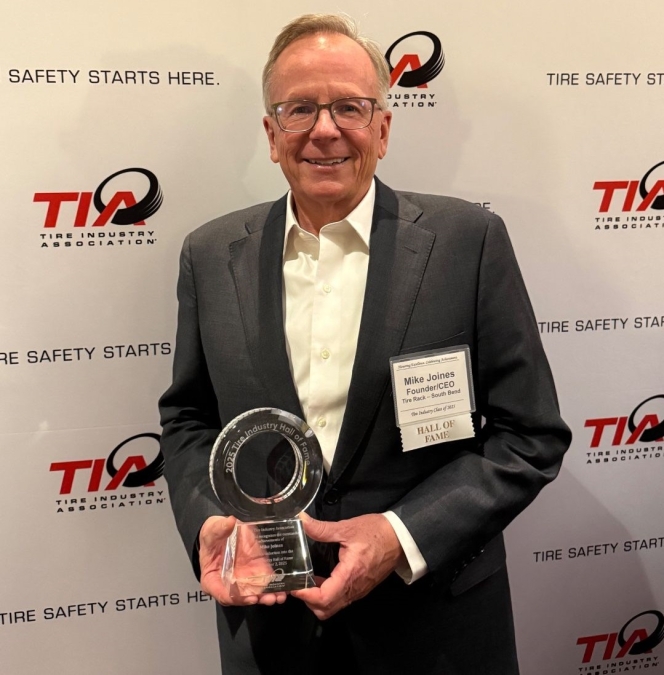
Tire Rack is celebrating the induction of its co-founder and longtime CEO, Mike Joines, into the Tire Industry Hall of Fame. The company credits Joines' automotive passion as the foundational spark for its mission to transform the tyre industry. Under his leadership, Tire Rack pioneered one of the first e-commerce platforms for tyre retailing, fundamentally changing how consumers research and purchase tyres.
The company’s philosophy, established by Joines, centred on empowering customers through comprehensive information rather than just completing a sale. This customer-first approach was built upon providing detailed product reviews, performance testing data, side-by-side comparisons and expert guidance.
Tire Rack also acknowledges that Joines understood the critical role of its team, noting that the ingenuity and integrity of its employees have been the true driving force behind decades of innovation and sustained customer trust. The company honours Joines as an enthusiast, innovator and leader whose devotion remains a source of inspiration.
Goodyear Posts USD2.2 Billion Quarterly Loss As It Completes Divestitures Under Goodyear Forward Plan
- By Sharad Matade
- November 04, 2025

Goodyear Tire & Rubber reported a net loss of USD 2.2 billion for the third quarter of 2025, weighed down by significant non-cash charges, even as its “Goodyear Forward” transformation programme continued to deliver strong operational benefits and major divestitures were completed.
The tyre maker said segment operating income rose to USD 287 million in the quarter, reflecting USD 185 million in cost-saving benefits from Goodyear Forward, which helped offset inflationary pressures, lower volumes and the absence of prior-year insurance recoveries.
“We delivered a meaningful increase in segment operating income relative to the second quarter in an industry environment that continued to be marked by global trade disruption,” said Mark Stewart, Chief Executive Officer and President. “This growth underscores our strong product portfolio and the consistency of our execution under the Goodyear Forward plan, both of which we expect to support further acceleration in our earnings during the fourth quarter.”
Goodyear’s quarterly net sales were USD 4.6 billion, with tyre unit volumes at 40 million. The company recorded a USD 1.4 billion non-cash deferred tax asset valuation allowance and a USD 674 million goodwill impairment charge during the quarter. Adjusted net income was USD 82 million, compared with USD 102 million a year earlier.
The company stated that all planned asset sales under its Goodyear Forward plan had now been completed, generating total gross proceeds of approximately USD 2.2 billion, which will be used to reduce debt and reinvest in growth.
On 31 October, Goodyear finalised the sale of the majority of its Goodyear Chemical business to an affiliate of Gemspring Capital Management, LLC, for USD 650 million, subject to adjustments. At closing, Goodyear received approximately USD 580 million in cash, which reflected working capital adjustments, including those for intercompany receivables.
“With the sale of our Chemical business, we have completed all of the planned asset sales included in our Goodyear Forward transformation program,” said Stewart. “Additionally, we surpassed initial expectations, with total gross proceeds from the divestitures of approximately USD 2.2 billion. As a result, we have a more focused, streamlined portfolio that will allow us to grow our core products and services and achieve our vision of being #1 in Tires and Service.”
The sale included Goodyear Chemical facilities in Houston and Beaumont, Texas, as well as a research office in Akron, Ohio. The company retains its chemical plants in Niagara Falls, New York, and Bayport, Texas, as well as the rights to the products produced there.
By region, the Americas segment reported third-quarter sales of USD 2.7 billion, a 4.2 percent year-over-year decline, as replacement tyre volumes decreased due to high inventories of imported products in the US market. Segment operating income fell to USD 206 million from USD 251 million.
In Europe, the Middle East and Africa (EMEA), sales rose 4.4 percent to USD 1.4 billion, supported by favourable currency movements and stronger price/mix. Operating income increased to USD 30 million from USD 23 million a year earlier.
Asia Pacific sales fell 18.9 percent to USD 501 million, reflecting the sale of the Off-the-Road (OTR) tyre business and softer demand in Japan, Australia and China. Segment operating income dropped to USD 51 million from USD 72 million.
Goodyear said it expects to achieve about USD 1.5 billion in annualised run-rate benefits from the Goodyear Forward programme by the end of 2025.
Nitto Tire’s Tomo Mizutani inducted into Tire Industry Hall of Fame
- By TT News
- November 04, 2025

Tomoshige “Tomo” Mizutani, advisor and former Chairman and Chief Executive of Nitto Tire USA Inc., has been inducted into the Tire Industry Hall of Fame, one of the sector’s most prestigious honours.
The induction, hosted by the Tire Industry Association (TIA), will take place in Las Vegas alongside the 2025 SEMA Show, running from November 4 to 7.
With more than four decades in the tyre industry, Mizutani is widely credited with transforming Nitto Tire USA from a struggling operation in the early 1990s into a billion-dollar brand recognised for its innovation, performance, and strong connection with car enthusiasts.
“Our 2025 inductees embody the spirit of innovation and service that defines the tyre industry,” said Dick Gust, CEO of the Tire Industry Association. “Their contributions have improved safety, expanded opportunity, and shaped the way we do business worldwide.”
Mizutani’s approach combined deep market insight with bold risk-taking. By engaging with emerging communities of young car enthusiasts and later expanding into the off-road segment, he helped reposition Nitto as a brand built around passion and creativity.
Known for embracing innovation, Mizutani was among the first to champion enthusiast-driven product development and leverage digital and social media marketing to build brand loyalty. Under his leadership, Nitto cultivated a social media community exceeding 13 million followers, making it one of the most engaged automotive brands online.
“When new game-changing innovations would arise,” Mizutani said, “we viewed them as huge opportunities instead of risks.”
A frequent speaker at leading universities and industry events, Mizutani has shared his philosophy of creativity, resilience and perseverance with aspiring business leaders, often reminding audiences to “never ever give up.”
“This honour is beyond my dreams,” Mizutani said. “I’ve been privileged to meet and learn from industry legends who inspired me since my first day in America. I am deeply grateful for the incredible people who have guided, challenged, and supported me throughout my journey.”
Nokian Tyres Reports Fivefold Profit Jump as Pricing Pushes Offsets Market Weakness
- By TT News
- November 04, 2025
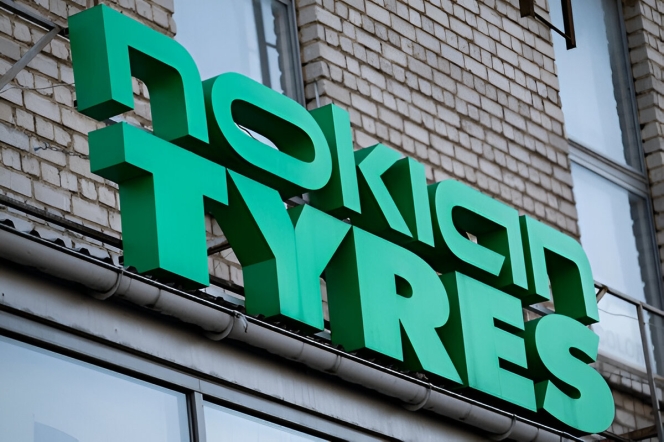
Finnish tyremaker’s third-quarter operating profit surges 427 percent to 21.8 million euros. Romanian factory ramp-up progressing as planned, now operating 24/7. Heavy investment phase nearing its end as the company targets a cash flow turnaround.
Finnish tiremaker Nokian Tyres reported a more than fivefold increase in third-quarter operating profit, as aggressive pricing increases in passenger car tyres and improved manufacturing efficiency offset challenging market conditions and years of operational upheaval.
The company, known for its winter tyres, said operating profit jumped 427 per cent to 21.8 million euros ($23.7 million) in the July-September period from 4.1 million euros a year earlier, when results were dragged down by 13.3 million euros in inventory write-downs related to contract-manufactured products.
Net sales grew 10.8 percent to 344.1 million euros at constant exchange rates, with the company achieving growth across all regions despite what it characterised as stable replacement tyre markets in Europe and declining conditions in North America.
“I have to say that I’m very pleased to tell you that we are really moving in the right direction,” President and Chief Executive Paolo Pompei told analysts on a conference call. “Our operating profit increased significantly. Obviously, this is very encouraging for the future journey that we have ahead.”
Pricing Strategy Delivers Results
The improvement was driven primarily by price increases implemented from late in the first quarter onward to offset rising raw material costs and to reposition products in Central Europe and North America, Pompei said.
In the passenger car tyre segment, which accounts for the bulk of Nokian’s business, net sales rose 13.2 percent to 234 million euros, whilst segment operating profit climbed to 38.9 million euros from 34.4 million euros. The segment’s operating margin rose to 16.6 percent, up from 16.4 percent a year earlier.
Interim Chief Financial Officer Jari Huuhtanen said price and mix effects contributed a positive 35 million euros to operating profit in the passenger car tyre segment in the quarter. However, this was partially offset by 25 million euros in supply chain costs, related mainly to non-recurring items from the previous year.
“Our average sales price with comparable currencies improved, and the sales of higher than 18-inch tyres increased significantly,” Huuhtanen said. “Segment operating profit improved due to price increases and a favourable product mix.”
Pompei acknowledged that volume declined 3.3 percent in the quarter but said this was “well justified by the comparability with the previous year, due to the action we made in order to release the slow-moving stock that we have accumulated due to the crisis in the Red Sea channel.”
Asked about the sustainability of price increases, given that larger competitors have recently lowered their price-mix assumptions, Pompei said: “We cannot keep increasing pricing. It was extremely important for us, again, to compensate for the increase in rising raw material costs and, at the same time, to gradually reposition in Central Europe and in North America.”
He added that the company was “not expecting the price increase to affect volume at this stage” beyond the comparison effects from last year’s inventory clearance.
Romanian Factory Hits Milestone
The company’s new factory in Oradea, Romania - described as the world’s first full-scale zero-CO2-emissions tyre factory - is progressing according to plan and is now operating four shifts to enable round-the-clock production.
Nokian said it would deliver approximately one million tyres from the Romanian plant this year, up from zero in 2024. The factory began customer deliveries in the second quarter.
“One million is the production, but the capacity already by the end of the year will be up to three million pieces and up to the end of next year, up to six million pieces,” Pompei explained. “We need to distinguish between production and capacity.”
He said the remaining capacity expansion would focus on mixing and semi-finished product lines rather than curing and building machinery, meaning capital expenditure requirements would be “really limited” for the next three years.
The Romanian facility has launched two new product lines for Central and Southern European markets, most recently the Powerproof 2, a premium ultra-high-performance summer tyre unveiled at an event in Spain attended by 160 guests from across the region.
Pompei said that in future, “more than 80 percent of what we sell in the European market will be supported by our Romanian factories for Central Europe as well as South Europe.”
North America Shines, Heavy Tyres Struggle
North America emerged as a standout performer, with sales surging 27 percent despite a declining market, driven by favourable tariff developments.
“We are finally doing extremely well in North America, and we are very pleased with the journey that we have done so far,” Pompei said.
Canada removed 25 percent counter-tariffs on U.S.-produced tyres on 1 August, whilst the United States reduced tariffs on EU tyre imports from 25 percent to 15 percent on 1 September. Nokian produces approximately 85 per cent of its U.S. volume at its Dayton, Tennessee, facility.
“Obviously, today we are in the ideal situation to deliver tyres from the US to Canada without duties,” Pompei said.
The company also disclosed a new partnership with American Tire Distributors (ATD), the largest national distributor in the United States. However, Pompei noted exposure was “relatively low” as the relationship was beginning.
However, the heavy tyres division struggled, with net sales falling 4.4 per cent to 55.4 million euros at constant exchange rates, as weakness in truck and agricultural tyre markets persisted. Segment operating profit dropped to 5 million euros from 7.5 million euros, impacted by lower volumes and inventory revaluation effects.
Asked when the agricultural market might recover, Pompei said: “I believe the agri business in particular is subject to cycles, and cycles can be long or short, but in general, obviously, we are now landing at the end of the second, I would say almost the second year of a downturn.”
He added: “I’m expecting the agri business at the level in particular to recover pretty soon in the next six to 12 months.”
Winter Season Outlook, Efficiency Drive
Looking ahead to the crucial winter tyre selling season, Pompei said the weather in September had been “a little bit too warm” but conditions were improving.
“Now it is getting colder, both in the Nordics as well as in North America,” he said. “We are expecting the winter tyre season to basically start, as I speak in this moment in November.”
The company’s flagship winter products continued to receive strong reviews, with the Hakkapeliitta 10 studded tyre and Hakkapeliitta R5 non-studded tyre taking top positions in multiple European tyre tests.
Nokian also announced it had begun personnel negotiations in Finland regarding efficiency improvements, which have resulted in eight permanent white-collar job cuts.
“This is part of our journey when we want to improve efficiency and productivity,” Pompei said. “This is necessary to support the company in this journey.”
The company’s Vianor retail chain reported improved performance, with net sales rising 7 per cent at constant exchange rates to 74.9 million euros, whilst the segment’s operating loss narrowed to 6.4 million euros from 6.6 million euros.
Nokian maintained its 2025 guidance unchanged, expecting net sales to grow and segment operating profit as a percentage of net sales to improve compared with the previous year.
The company said tyre demand in its markets is expected to remain at 2024 levels. However, it cautioned that “development of the global economy as well as geopolitical, trade and tariff uncertainties may cause volatility to the company’s business environment.”
For the first nine months, net sales grew 9.4 percent to 957.3 million euros, whilst segment operating profit rose to 40.2 million euros from 35.4 million euros. Segment EBITDA margin improved to 14.1 percent from 13.5 percent.
Asked about margin volatility in the passenger car segment, which has swung sharply on a quarterly basis over the past two years, Pompei said stability should improve.
“Of course, you will see more stability in the development of the margins moving forward, because now, finally, we can leverage our increased capacity, we can leverage an efficient manufacturing footprint,” he said.


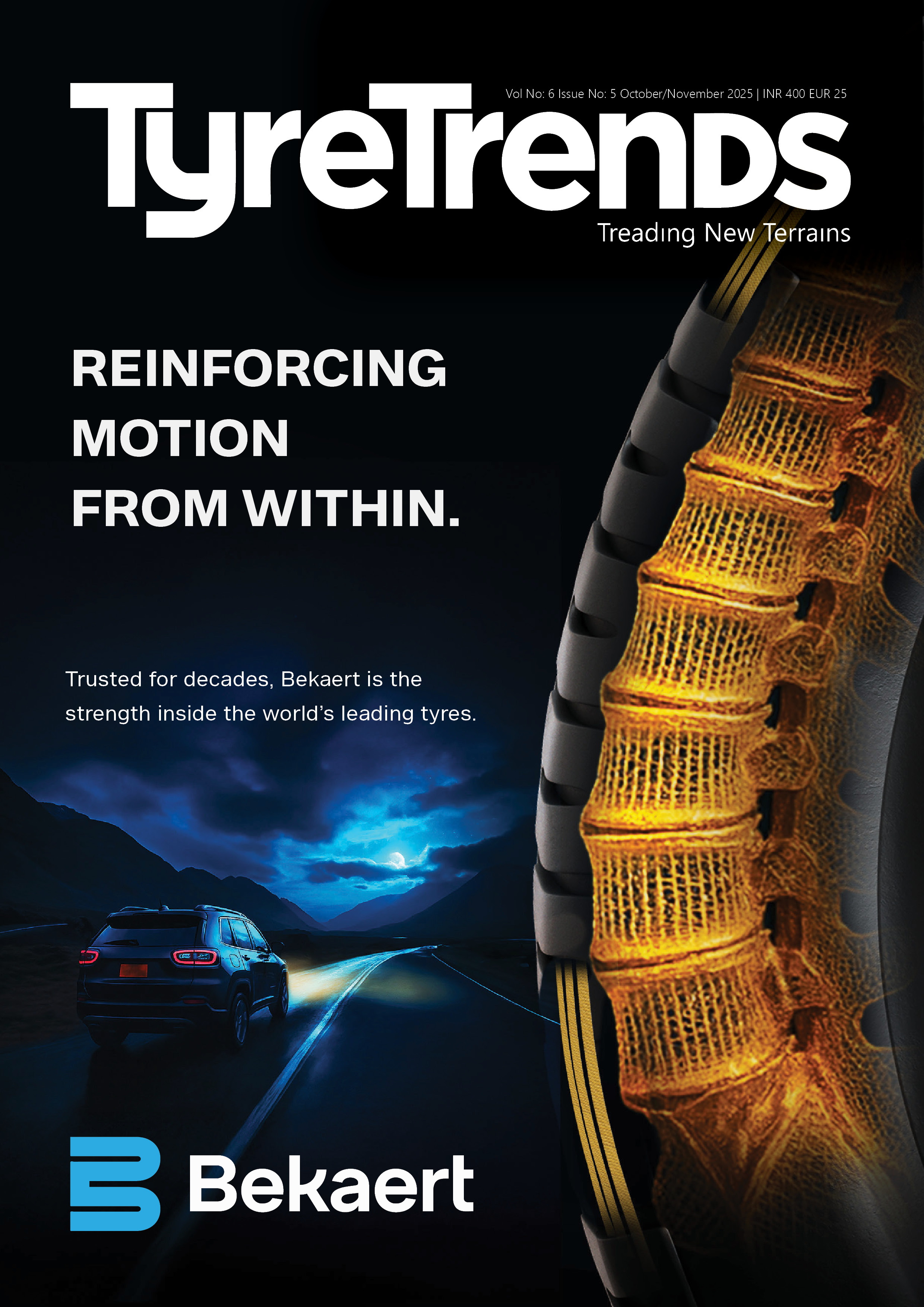
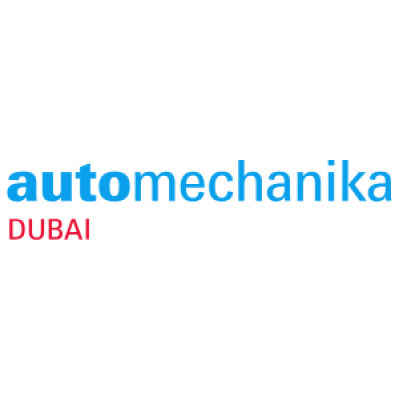



Comments (0)
ADD COMMENT